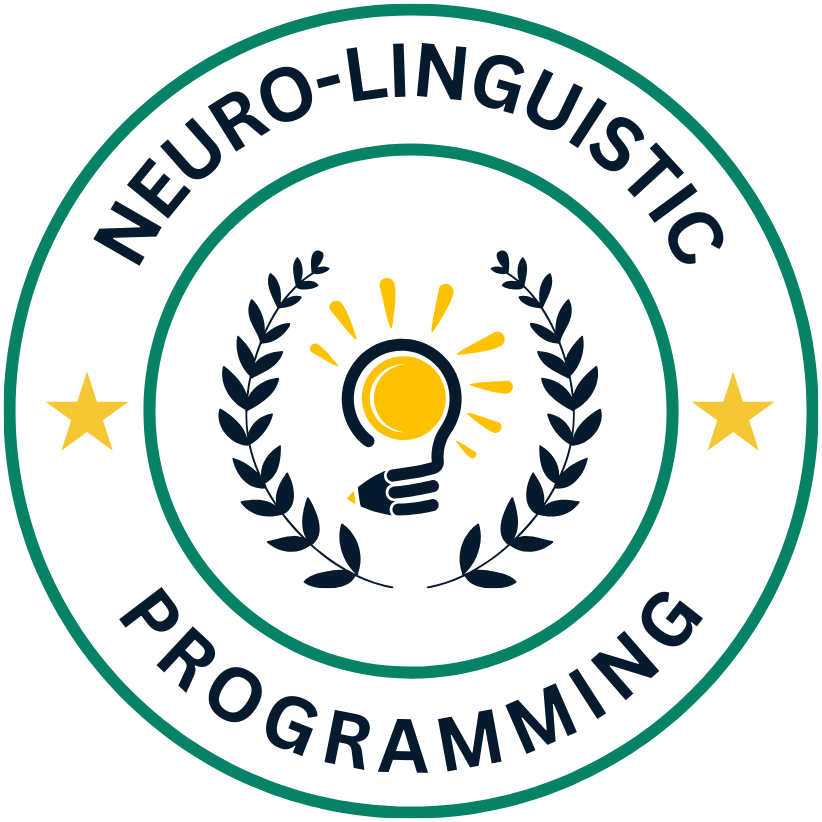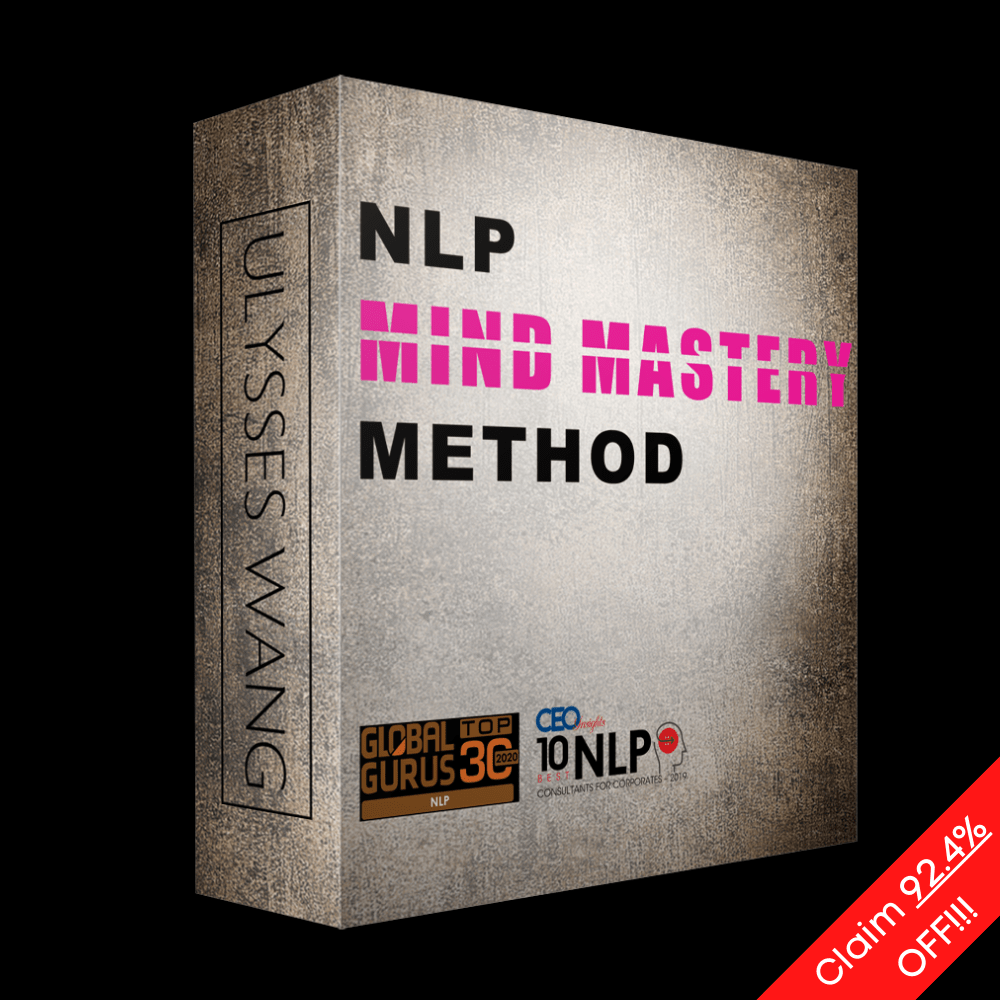You have the opportunity to elevate your marketing strategies by harnessing the power of Neuro-Linguistic Programming (NLP). This comprehensive guide will equip you with crucial techniques to effectively engage your audience and boost conversion rates. By understanding the principles of NLP, you can build deeper connections with your customers, tailor your messaging to resonate more authentically, and ultimately drive better results in your marketing campaigns. Dive in to unlock the potential of NLP and transform your marketing approach today.
Understanding Neuro-Linguistic Programming
For marketers looking to drive engagement and conversions, understanding Neuro-Linguistic Programming (NLP) is necessary. NLP is a powerful set of techniques that focuses on the relationship between language, behavior, and psychological patterns. By comprehending how individuals process information and communicate, you can establish deeper connections with your audience and influence their decision-making processes more effectively. Whether you’re crafting marketing messages, enhancing customer service interactions, or developing persuasive sales pitches, NLP provides valuable tools to elevate your communication strategy.
Types of Neuro-Linguistic Programming Techniques
To harness the power of NLP, it’s important to explore various techniques. These techniques can be categorized into distinct methods aimed at understanding and influencing thought and behavior. Below are a few common NLP techniques broken down for your reference:
| Technique | Description |
|---|---|
| Anchoring | Creating a stimulus-response pattern to elicit specific emotional responses. |
| Rapport Building | Establishing trust and a connection with your audience through mirroring and matching. |
| Swish Pattern | A technique to change unwanted behaviors by associating them with more positive outcomes. |
| Meta Model | Utilizing questioning techniques to clarify and challenge vague language and beliefs. |
| Reframing | Changing the context or perspective to alter perceptions and responses. |
- Each technique serves a unique purpose and can be integrated into your marketing campaigns to optimize effectiveness.
- Any of these techniques can significantly improve how you resonate with your audience.
Key Factors for Effective NLP in Marketing
There’s no denying that incorporating NLP into your marketing strategy can enhance your effectiveness. To achieve desired results, you should focus on several key factors. First, you need to ensure that your language is tailored to your audience’s preferences and emotional triggers. Additionally, being aware of the non-verbal cues you send and receive during interactions can play a significant role in audience engagement. Understanding the diverse ways people process information will help you create content that resonates with various learning styles, ultimately leading to more effective communication.
- Furthermore, applying NLP principles consistently across all your marketing materials reinforces your message and creates a cohesive brand identity.
- Recognizing the importance of these factors will empower you to utilize NLP techniques with greater impact.
For instance, being mindful of the words you choose can evoke different emotions and responses in your audience. Using positive language, vivid imagery, and storytelling can capture attention and inspire action. Likewise, the principle of rapport-building will help you develop an understanding of your audience’s needs and preferences, allowing you to communicate more effectively. By recognizing these elements, you can leverage NLP techniques to create marketing strategies that not only engage but also convert your audience into loyal customers.
- Recognizing these factors will provide you with a solid foundation to implement NLP successfully in your marketing efforts.

Implementing NLP Strategies
Clearly, the integration of Neuro-Linguistic Programming (NLP) in your marketing efforts can significantly transform the way you engage with your audience and drive conversions. By understanding how language influences behaviors and emotions, you can create compelling messages that resonate with your target market. Check out Digital Marketing for Neuro Linguistic Programming (NLP) to explore various techniques you can apply. In this chapter, we will guide you through effective strategies, helping you employ NLP to its fullest potential in your campaigns.
Step-by-Step Guide to Integrating NLP in Marketing Campaigns
Any marketing efforts can greatly benefit from a structured approach to NLP integration. Follow this step-by-step guide to ensure that your marketing campaigns are not only engaging but also conversion-oriented:
| Define Your Audience’s Needs | Conduct thorough market research to uncover what resonates with your audience emotionally. |
| Utilize Sensory Language | Incorporate words that appeal to the senses to make your content more relatable. |
| Establish Rapport | Use techniques such as mirroring to create a connection with your audience. |
| Craft Effective Calls to Action | Employ persuasive language patterns that encourage immediate responses. |
Tips for Enhancing Engagement through NLP
There’s immense potential to enhance engagement in your marketing campaigns by incorporating NLP techniques effectively. Some useful practices include:
- Focus on creating relatable narratives that reflect your audience’s experiences.
- Use positive language that fosters a sense of empowerment and possibility.
- Implement storytelling techniques that captivate and hold attention.
Assume that these strategies will not only enhance connection but also foster trust between you and your customers, encouraging them to engage more deeply with your brand.
Tips for optimizing engagement through NLP go beyond language alone; they also involve understanding the psychological triggers that influence decision-making. Consider implementing the following approaches:
- Identify the emotional triggers that drive your audience’s behavior and tailor your messaging accordingly.
- Use positive affirmations in your content to motivate and uplift your audience.
- Incorporate questions that prompt reflection, encouraging deeper engagement and interaction.
Assume that by incorporating these tips, you’re not only appealing to your audience’s logical side but also connecting with them on a more emotional level, ultimately driving increased engagement and conversions.
Evaluating the Impact of NLP
Assuming you are exploring the potential of Neuro-Linguistic Programming (NLP) in your marketing strategy, it’s important to weigh both the advantages and disadvantages. NLP techniques can enhance communication and create deeper connections with your audience, but there are also pitfalls to be aware of. Integrating these techniques judiciously into your marketing efforts can lead to increased engagement and conversion rates, but overuse or misapplication may alienate your audience or misrepresent your brand.
Pros and Cons of Using NLP for Marketing
| Pros | Cons |
|---|---|
| Enhances communication techniques | Can be seen as manipulative |
| Increases audience engagement | Requires proper training |
| Creates stronger customer connections | Not universally accepted |
| Facilitates better understanding of customer needs | Time-consuming to implement effectively |
| Can lead to higher conversion rates | Potential for ethical concerns |
| Adaptable to various marketing channels | May dilute brand authenticity |
| Encourages creative storytelling | Requires ongoing evaluation and adaptation |
| Supports persuasive sales techniques | Success depends on audience demographics |
| Improves feedback collection methods | May face skepticism from consumers |
| Fosters innovative marketing strategies | Risk of oversaturation in messaging |
Measuring Conversions and Engagement Success
Conversions and engagement are central to assessing the effectiveness of NLP in your marketing initiatives. You should track key performance indicators (KPIs) such as click-through rates, acquisition costs, and customer retention metrics to gauge the impact of your NLP strategies. Regular analysis will provide insights into which techniques resonate best with your audience, allowing you to refine your approach over time.
For instance, you might find that specific NLP techniques, such as anchoring or reframing, significantly enhance your audience’s response to emails or social media advertisements. By conducting A/B testing, you can measure which messages lead to higher conversion rates, fine-tuning your content strategy to emphasize the most effective language and messaging styles. This methodical approach not only boosts engagement but also ensures you are aligning your content with the evolving preferences of your audience, ultimately driving better results for your marketing efforts.
To Wrap Up
So, as you explore Neuro-Linguistic Programming (NLP) in your marketing strategies, you are arming yourself with techniques that can significantly enhance your ability to connect with your audience. By understanding the principles of NLP, you can refine your messaging, tap into the subconscious motivations of your potential customers, and ultimately foster stronger relationships that drive engagement and conversions. This holistic approach allows you to navigate the complexities of consumer behavior, making your marketing efforts more impactful and targeted.
Incorporating NLP into your marketing toolkit means you can anticipate the needs and desires of your customers, leading to more personalized and effective interactions. By employing strategies like modeling successful behavior, utilizing language patterns, and improving your overall communication skills, you are positioning yourself for success in an increasingly competitive landscape. Embrace these techniques, and watch as they transform your marketing endeavors, enhancing both your brand’s credibility and your ability to influence decision-making.
Q: What is Neuro-Linguistic Programming (NLP) and how can it benefit marketers?
A: Neuro-Linguistic Programming (NLP) is a psychological approach that explores the connections between neurological processes, language, and behavioral patterns. For marketers, NLP provides tools and techniques to better understand consumer behavior, enhance communication, and effectively influence potential customers. By applying NLP strategies, marketers can tailor their messaging to resonate with their target audience, thereby increasing engagement and driving conversions through more persuasive and relatable content.
Q: How can NLP techniques be applied in marketing campaigns?
A: NLP techniques can be integrated into marketing campaigns in various ways. Some effective methods include using language patterns that evoke specific emotional responses, employing storytelling to create memorable brand experiences, and utilizing mirroring to build rapport with customers. Marketers can also analyze consumer feedback and behavior with NLP tools to adjust their campaigns dynamically. These strategies effectively enhance connection with the audience and boost overall campaign performance.
Q: Are there specific NLP strategies that marketers should focus on for better engagement?
A: Yes, there are several NLP strategies that marketers can prioritize for improved engagement. One key approach is understanding and leveraging the preferred sensory modalities of the audience, such as visual, auditory, or kinesthetic. Crafting messages that align with these modalities can significantly enhance receptiveness. Additionally, utilizing anchoring techniques can help marketers create positive associations with their brand or product. Lastly, applying the concept of reframing to present messages differently can influence how potential customers perceive value, driving higher conversions.



